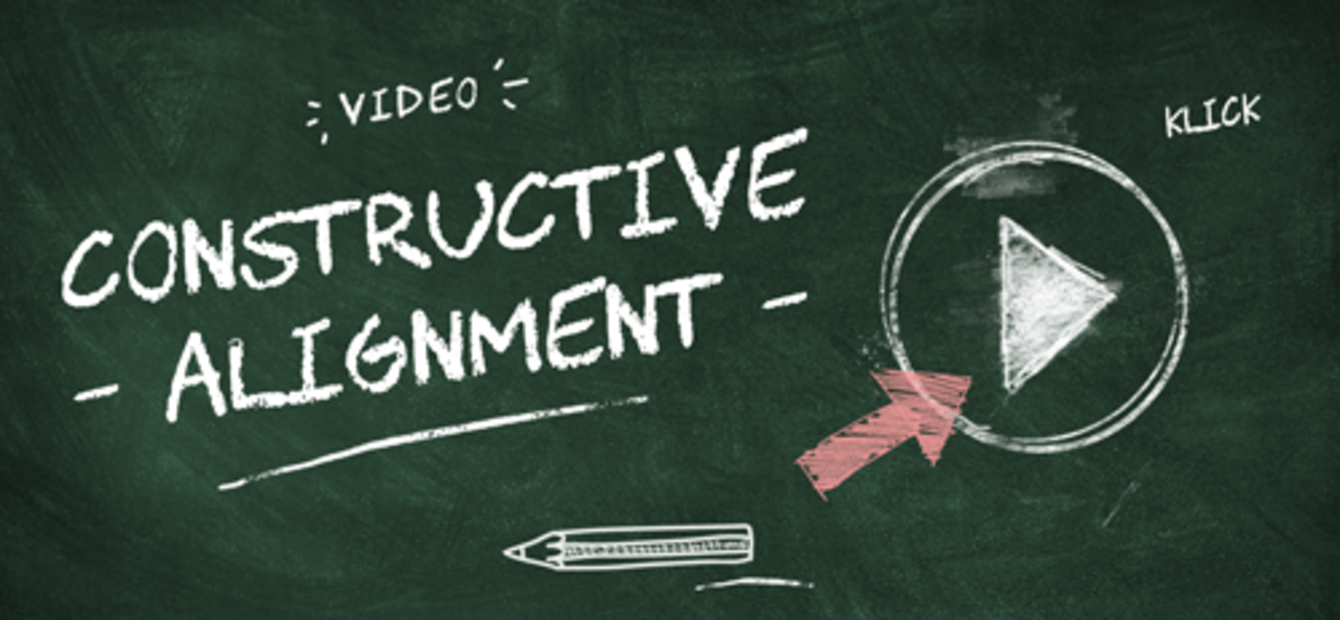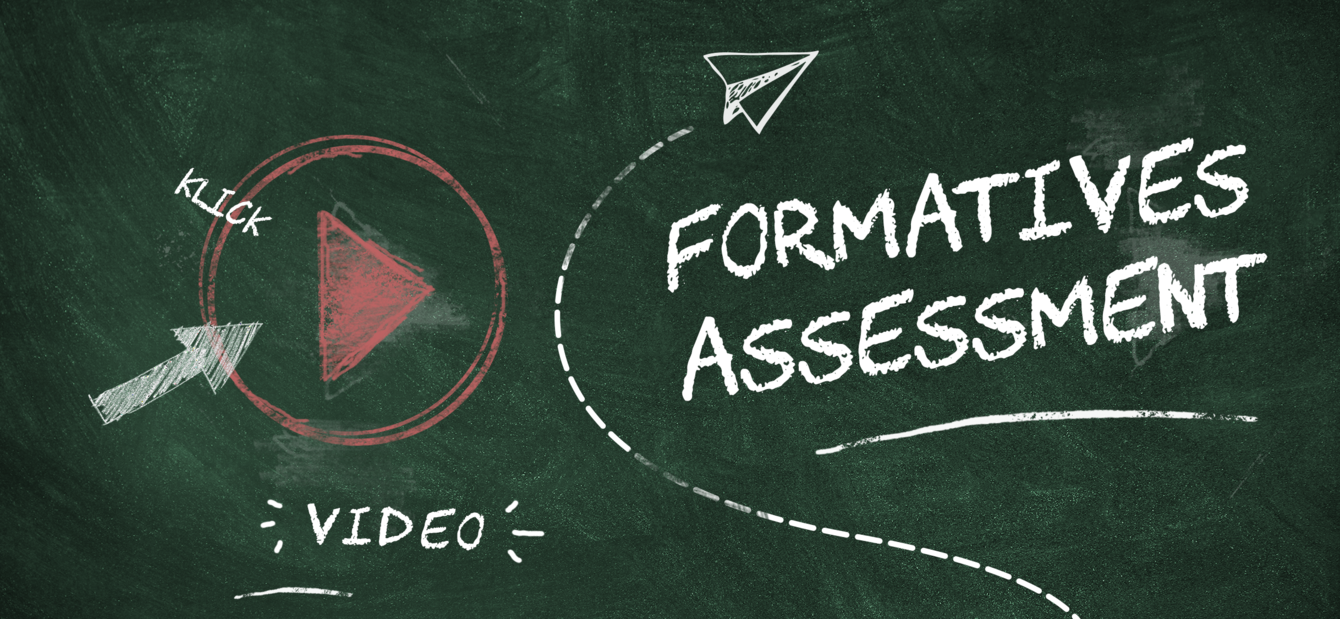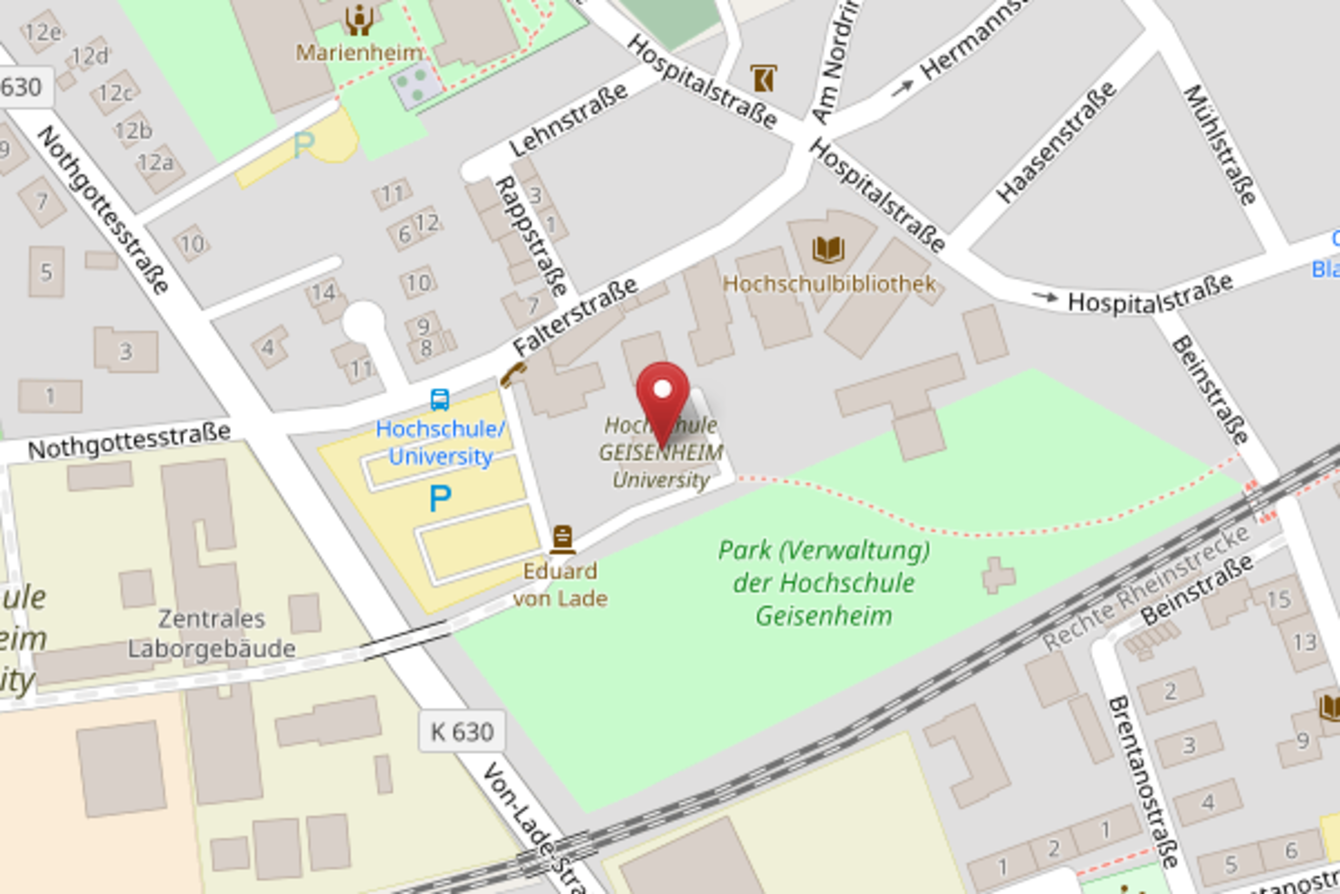Synchronous or Asynchronous Teaching - a Key Question for High-Quality Classes
When planning their classes, teachers should not think about whether they want to switch their classes to a pure digital format or not. Instead, they should ask themselves if digital elements make sense from a didactic point of view. Having the necessary tools alone does not justify the use of e-learning formats. Instead, a well-balanced mix of synchronous and asynchronous elements makes the difference! Teachers have to decide from a didactic point of view to what extent they want to include e-learning in synchronous and asynchronous classes.
What is the Difference between Synchronous and Synchronous Teaching?
Synchronous classes run in real time with students and instructors attending together in a fixed period of time. Asynchronous classes run independently of time and location with students accessing class materials at different times, i.e. there is no personal interaction between students and instructors.
Both types of classes can be organized digitally or in an analog setting. A combination of synchronous and asynchronous teaching gives you more flexibility and enables you to specifically address learning deficits. In addition, it offers students the possibility to study in a self-paced manner and helps them developing key competencies, such as self-organization, time management, and media competencies.
Synchronous Teaching
What kind of course content and material is suitable for synchronous teaching? First of all, content that must be elaborated and discussed in a group, or complex materials that are not self-expanatory should be taught in synchronous sessions.
If only one person is doing all the communicating and the rest of the group is listening, students will stop paying attention. 90-minute online lectures without actively involving students do not promote a sustainable learning progress.
Personal face-to-face time with students is rare (2-4 hours per week). Therefore, make the most of it by discussing and consolidating the course content. Provide the opportunity for students to ask questions and to put their knowledge into practice.
Engaging students in pure online sessions can be challenging. Use differents methods, such as live votings or breakout rooms, to promote active student participation.
For more information (in German), see the handout "Online-Seminare didaktisch sinnvoll gestalten."
Presentations require students to deal with a topic in great detail, thus expanding their technical knowledge and promoting their ability to structure information.
Asynchronous Teaching
Asynchronous formats, such as learning modules or videos, provide a perfect setting to teach theoretical or procedural knowledge. Students can access and review asynchronous formats in a self-paced manner at a time that is convenient.
Formative e-assessments, i.e. ungraded tests, are an effective tool to consolidate learning content. By including playful features, such as "jokers" or highscore boards, instructors can boost motivation.
As both students and instructors receive an overview of the learning progress, you can adapt your teaching strategy to the specific needs of your students.
Asynchronous teaching does not mean that there is no personal communication between students and teaching staff. Far from it! Communication is even more important in asynchronous settings. ILIAS provides different communication channels (forum, chat, consultation hour) to stay in touch with your students.
Providing feedback is a key element in the learning progress. But feedback is not just about telling students what they are doing wrong. Instead, it should provide meaningful information, solutions and tips how to improve the learning strategy.
Numerous tools in ILIAS help instructors to provide feedback automatically or on an individual basis (e.g. test, exercise, learning module). Peer feedback – i.e. mutual assessment among students – can also be implemented in ILIAS.
Collaborative work has a positive impact on student's motivation and promotes competencies, such as organizing yourself or the ability to work in a team.
ILIAS offers various tool to implement collaborative work (exercises, wiki, data collection)
Focus on Skills: Constructive Alignment, Feedback and Formative Assessments
Due to its practice-oriented degree programs, Hochschule Geisenheim University attaches great importance to the overall goal of shifting the focus in university teaching towards skill-promoting trainings that challenge students to acquire new competencies. In addition to subject-related and methodological skills, we increasingly focus on interdisciplinary key competencies, such as analytical skills, self-management, and media literacy. This focus on skills and competencies has triggered the "shift from teaching to learning“ (Biggs/Tang 2007) and places students at the center of teaching/learning concepts. In order to implement the skill-based teaching approach, the eLearning Team focuses on three pillars: constructive alignment, feedback and formative assessments.
Constructive Alignment
Unfortunately, teaching and studying can be two very different things because lecturers usually design their courses based on the content to be taught, while students focus on the exam result.
However, there is an easy solution - at least at first glance: constructive alignment.
Feedback
Teaching and studying are all about interaction - no matter if you have a digital format or a traditional face-to-face class. Feedback is a key success factor for all teaching formats. In an online test, for instance, a "right" or "wrong" window that pops up after you have answered a question is the easiest kind of feedback. However, it does not promote the learning progress sustainably.
Formative Assessments
At the end of a course, there is usually a final exam that determines the student's grade. Extrinsically motivated students in particular tend to start revising their notes at the last minute and focus exclusively on the material relevant to the exam. However, this type of exam revision does not lead to a long-term study effect, as the course material is not repeated properly and will be forgotten shortly after the exam. One way to avoid this short-term study effect is to carry out formative assessments.





